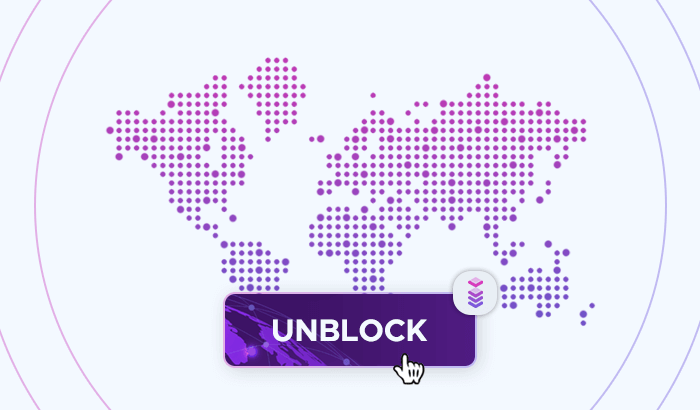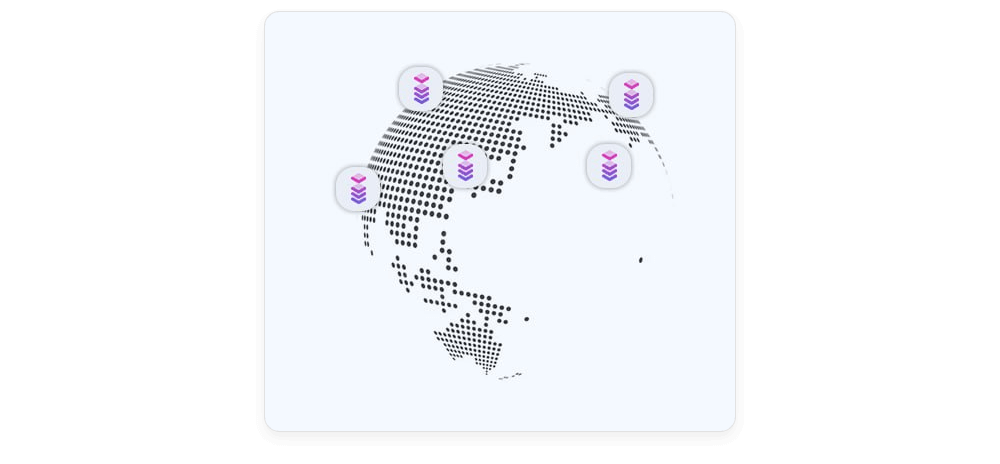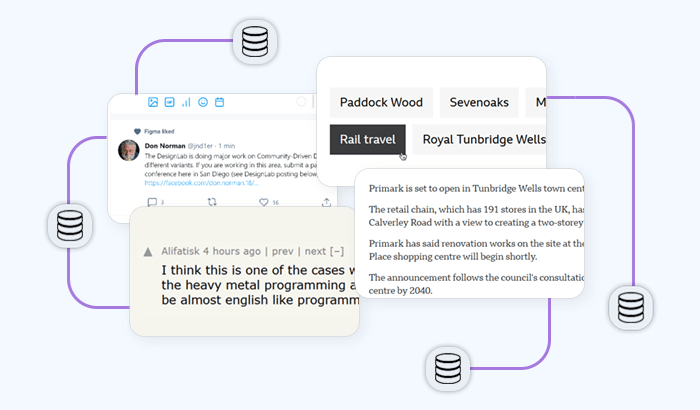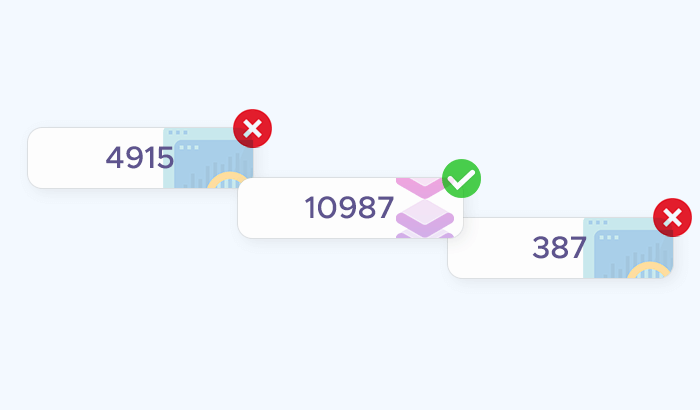

From streaming platforms that offer different libraries in different countries, to online stores that adjust prices depending on your region, geo-blocking shapes much of today’s digital experience. While it’s usually implemented for business or legal reasons, it can be frustrating for users and limiting for businesses trying to operate globally.
In this article, we’ll break down what geo-blocking is, why companies use it, how it affects both consumers and organizations, and what solutions exist to overcome it. We’ll also explore how tools like proxies can help you regain access to information and services across borders.
What Is Geo-Blocking?
Geo-blocking is the practice of restricting or redirecting access to online content based on a user’s geographical location. Websites and services identify where a visitor is connecting from by checking their IP address, which reveals the country or region they’re browsing from. If the location doesn’t match the provider’s allowed audience, access may be limited, redirected, or entirely blocked. Examples of geo-blocking are everywhere:
- Streaming services like Netflix, Disney+, or BBC iPlayer that make certain shows available only in specific countries.
- E-commerce sites that offer different prices or products depending on the region.
- Financial services that restrict transactions from certain countries for regulatory reasons.
While it’s often invisible to those within the “permitted” regions, users outside those zones may encounter error messages, restricted catalogs, or even total denial of service.
Why Do Companies Use Geo-Blocking?
Geo-blocking isn’t just about keeping users out – it’s primarily a tool for businesses to manage legal, financial, and strategic considerations. Here are the most common reasons why companies rely on it:
Licensing Agreements

Entertainment platforms such as streaming services often purchase rights to movies, TV shows, or sports events for specific regions. Geo-blocking ensures they only deliver content where they’re legally allowed to show it.
Market Segmentation
Businesses may set different prices, product availability, or features depending on the region. This allows them to adapt to local purchasing power, regulations, or consumer preferences – but it can also mean some customers pay more for the same product.
Legal and Regulatory Compliance
Financial institutions, gaming platforms, or healthcare services may block access from certain countries to comply with international sanctions, gambling laws, or data privacy requirements.
Security Concerns
Some companies use geo-blocking to reduce fraud or cyberattacks by limiting access from regions with a high volume of suspicious traffic.
How Geo-Blocking Affects Users
While geo-blocking makes sense from a business standpoint, the impact on everyday users and organizations can be significant. It creates barriers that affect both personal entertainment and professional operations.
Limited Access to Content
One of the most common frustrations comes from streaming platforms or online services that provide different libraries depending on location. A traveler may suddenly lose access to their favorite shows, or an expat might be unable to use a subscription from back home.

Price Disparities
E-commerce sites often adjust pricing by region. The same hotel room, airline ticket, or software subscription may cost more – or less – depending on where the buyer is browsing from. This lack of transparency can feel unfair to consumers and complicates cost planning for businesses.
Inconvenience for Travelers and Expats
People moving across borders often find themselves locked out of banking apps, healthcare platforms, or even digital wallets. Something as simple as accessing an online account can turn into a frustrating experience.
Challenges for Businesses
Companies that rely on global data face even greater hurdles. Tasks such as monitoring competitor pricing, verifying ads, or conducting market research may become difficult when websites block or alter access based on IP location. For data-driven organizations, geo-blocking can restrict critical insights.
Methods to Bypass Geo-Blocking
There are several ways to get around geo-blocking. Each comes with strengths and weaknesses depending on whether you’re an individual user or a business operating at scale.
| Method | How It Works | Pros | Cons | Best For |
|---|---|---|---|---|
| VPN (Virtual Private Network) | Encrypts your connection and routes it through a server in another country. |
Hides IP and encrypts data. Widely available. Simple setup. |
Often blocked by streaming services. Can slow down connection. Limited scalability for businesses. |
Personal streaming and browsing |
| Proxy Servers | Route requests through an intermediary server that masks your IP with one from a chosen location. |
Wide IP pool with global coverage. High scalability for web scraping and data gathering. Avoids IP bans with rotation. Faster than VPN (no full encryption overhead). |
Does not encrypt traffic by default. Quality depends on provider. |
Businesses needing reliable global data access; users wanting fast location switching |
| Smart DNS | Redirects DNS queries to make it appear as if you're in another country. |
Fast, no encryption overhead. Works well for streaming services. |
Does not hide IP. No security or anonymity. Limited use outside entertainment. |
Streaming region-locked content |
Compared to VPNs or Smart DNS, proxies stand out as the most versatile option, especially for businesses that need scalable, reliable, and location-diverse access to online content.
How Businesses Benefit From Overcoming Geo-Blocking

For individuals, geo-blocking often means missing out on shows or facing price differences. For businesses, however, the stakes are higher. Access to unrestricted online information is crucial for staying competitive in global markets. By bypassing geo-blocking responsibly, organizations gain several advantages:
Price Intelligence and Competitive Analysis
Retailers, travel agencies, and e-commerce platforms need to monitor competitor pricing across multiple regions. Overcoming geo-blocking allows them to see real prices in local markets, helping refine pricing strategies and stay competitive.
Ad Verification
Brands invest heavily in digital ads but need to confirm that campaigns display correctly worldwide. By bypassing geo-blocking, marketing teams can verify whether ads appear as intended to audiences in different countries.
Market Entry Research
Before expanding into a new region, businesses must understand consumer trends, competitor presence, and product availability. Accessing geo-restricted content enables them to gather accurate insights and reduce risks when entering new markets.
Brand Protection and Fraud Prevention
Geo-blocking can hinder efforts to monitor counterfeit goods, copyright violations, or phishing sites that only appear in specific regions. Overcoming restrictions ensures visibility into these threats.
Bypass geo-blocking today!
👉 Tools like proxies are especially valuable for businesses because they provide scalable, location-diverse access to online data. With rotating IPs and coverage across 195+ countries, Infatica proxies enable you to gather insights, verify campaigns, and protect their brand without being blocked.













